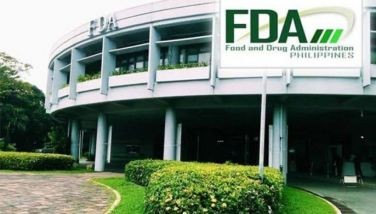Inflation report for July 2011 fell
According to the Institute for Development and Econometric Analysis, Inc. (IDEA), the Philippines’ annual inflation rate in July fell to 5.1 percent from 5.2 percent in June due to stabilizing prices in the heavily weighted index of food and non-alcoholic beverages.
When using the 2000 prices, the annual inflation remained at 4.6 percent well within the 4.3 percent-5.2 percent target of the Bangko Sentral ng Pilipinas. The core inflation for the month of July fell to 3.7 percent from 4 percent in June based on the 2000 prices. The main contributors to the downward trend of inflation in July are deceleration in annual prices in housing, water, electricity, gas, and other fuels, health, transport, restaurants.
Likewise, it was reported, the weather disturbances contributed to the increase in prices in the fruits and vegetables. The agricultural damage from Typhoon Juaning tops Php1 billion pesos according to the Department of Agriculture. The crops that were affected the most are palay with 4,167 MT loss, corn with 27,341 MT and bananas and other vegetables with 1,553 MT. The damage to irrigation facilities top Php423 million and fisheries facilities at Php1.5 million.
On the other hand, the price of sugar decreased. The average year-to-date inflation of 4.3 percent and 4.6 percent using the rebased 2000 and 2006 prices are still within the Bangko Sentral’s target of 3 percent-5 percent in 2011.
Moreover, per same published report, the proposed Php1.816 trillion budget of the new administration for next year can be supported by the robust Philippine economy according to a government official. The government is targeting a 5.5 percent-6.5 percent GDP growth in 2012. The Finance chief said that the lawmakers should go slow on revenue-eroding measures to curb the debt to a manageable level.
The government budget deficit in the first half of this year plunged by 91.25 percent to just Php17.231 billion – well below the Php150 billion programmed—as declining expenditures failed to match the improving revenues. The government spending decreased by a tenth to just Php698 billion.
Furthermore, an industry official said that it is expecting that the second quarter electronic exports will rebound even as the full year target will be missed. The sector posted a 9 percent decline in the total exports for the first five months of this year. Moreover, a 5 percent decline in the full-year export is expected assuming the third and fourth quarter is the same.
Lastly, credit rating agency, Standard and Poor’s affirmed the country’s BB foreign currency long-term credit rating, which makes the Philippines two notches below investment grade.
Analysts from the S&P said the reasons why the Philippines has not yet received an upgrade because of the low income of the Philippines, public sector debt and interest rate burden.
For comments, rejoinders and questions on credit & collection, send email to [email protected].
- Latest
- Trending
















